
Hello friends. Today I want to share memories from my visit to Ávila, a city in Spain. If you’ve never heard of this city before, don’t worry. I only learned about its existence a few months ago. Thanks to my friends and a bit of luck, I ended up here. Despite the weather, it’s a fascinating place. When we arrived, we were greeted by overcast and gloomy skies, but we decided to explore and discover the city anyway.




The first thing that immediately caught our attention was the massive city walls. These walls are among the best-preserved in all of Spain’s historic cities. Stretching 2.5 kilometers, the walls feature 88 towers and 9 gates, all of which are in remarkable condition. We saw one gate called the Alcázar. The word Alcázar is derived from Arabic and translates to fortress. However, Ávila has minimal Moorish influence because the city has been so well preserved.



The city’s patron saint and one of Spain’s protectors is Saint Teresa of Ávila. She was born here and many sites in the city are associated with her. I was particularly eager to visit these places. Saint Teresa is a significant figure in the Catholic church, recognized as a Doctor of the Church and a reformer of monastic life. She is known as the reformer of the Carmelite order, introducing stricter rules.










A monastery and church have been built in Ávila in her honor. The monastery, designed in the Baroque style, reveals its architectural flair in its façade. Interestingly the monastery also contains a courtyard where Saint Teresa played with her brother as a child. She is revered across the Catholic world, with churches dedicated to her stretching from Italy to Serbia and even Grodno in Belarus. Relics connected to her, such as a finger and sandal imprints, are preserved here. However, photography is prohibited in the hall where these sacred artifacts are displayed, so you’ll have to visit to see them yourself.









Just 300 meters away we reached a small square called Mercado Chico. It resembles other Plaza Mayors in Spain but is much smaller, as its name meaning little market, suggests. The square is vibrant, even in the middle of a workday. Three sides are surrounded by arcaded galleries and on the fourth side stands the Church of Saint John, known as the place where Saint Teresa was baptized.

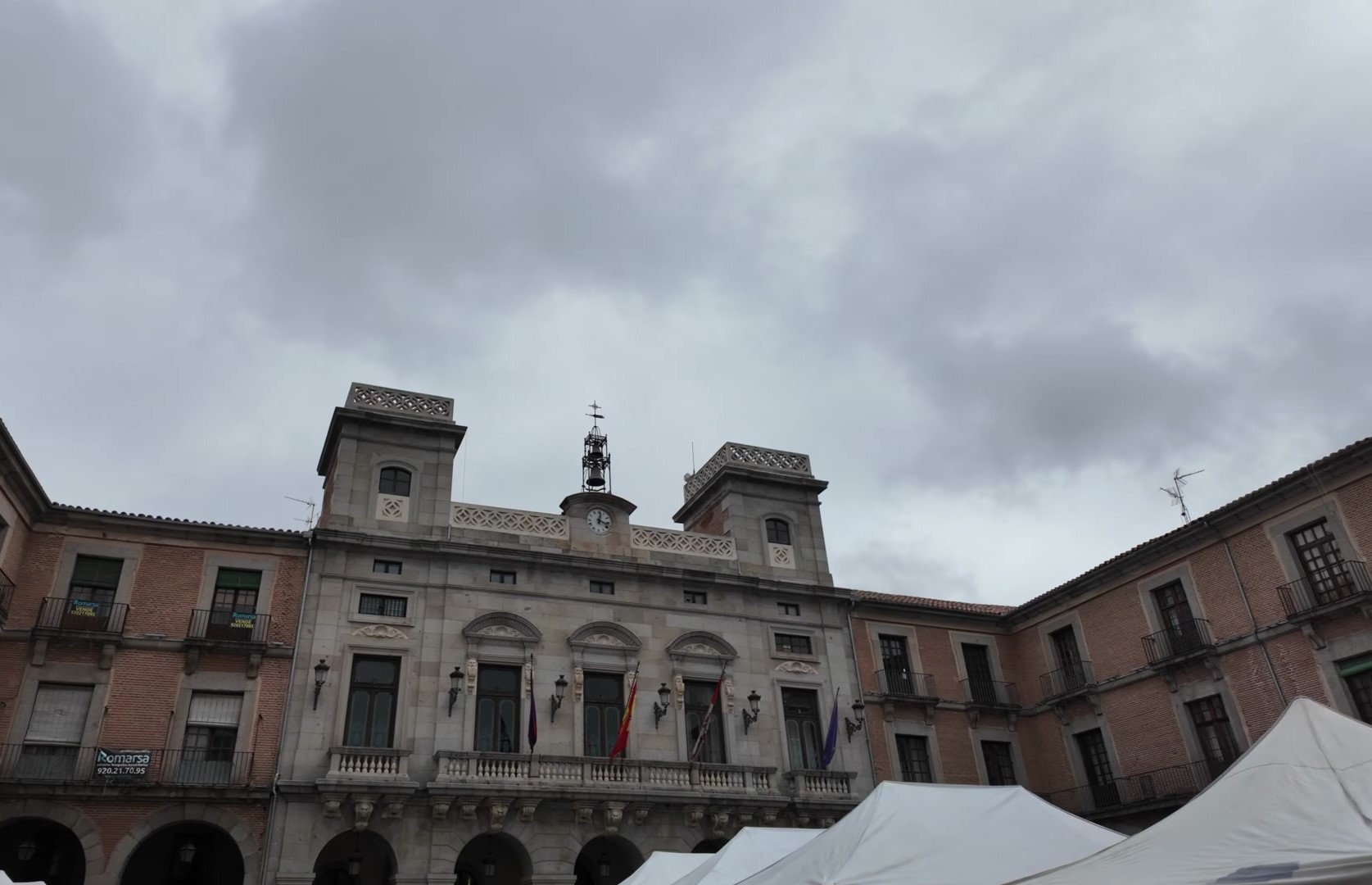
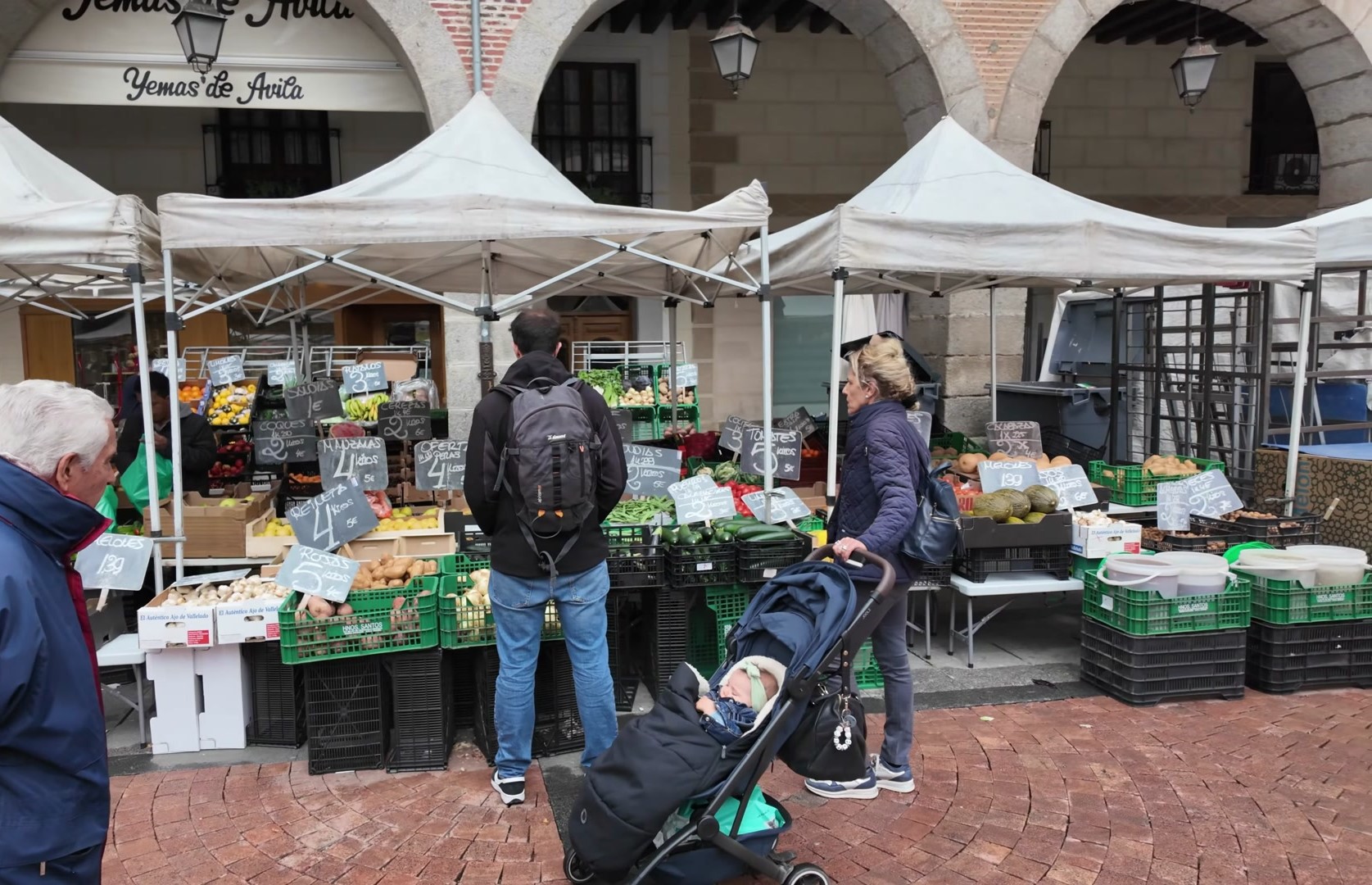

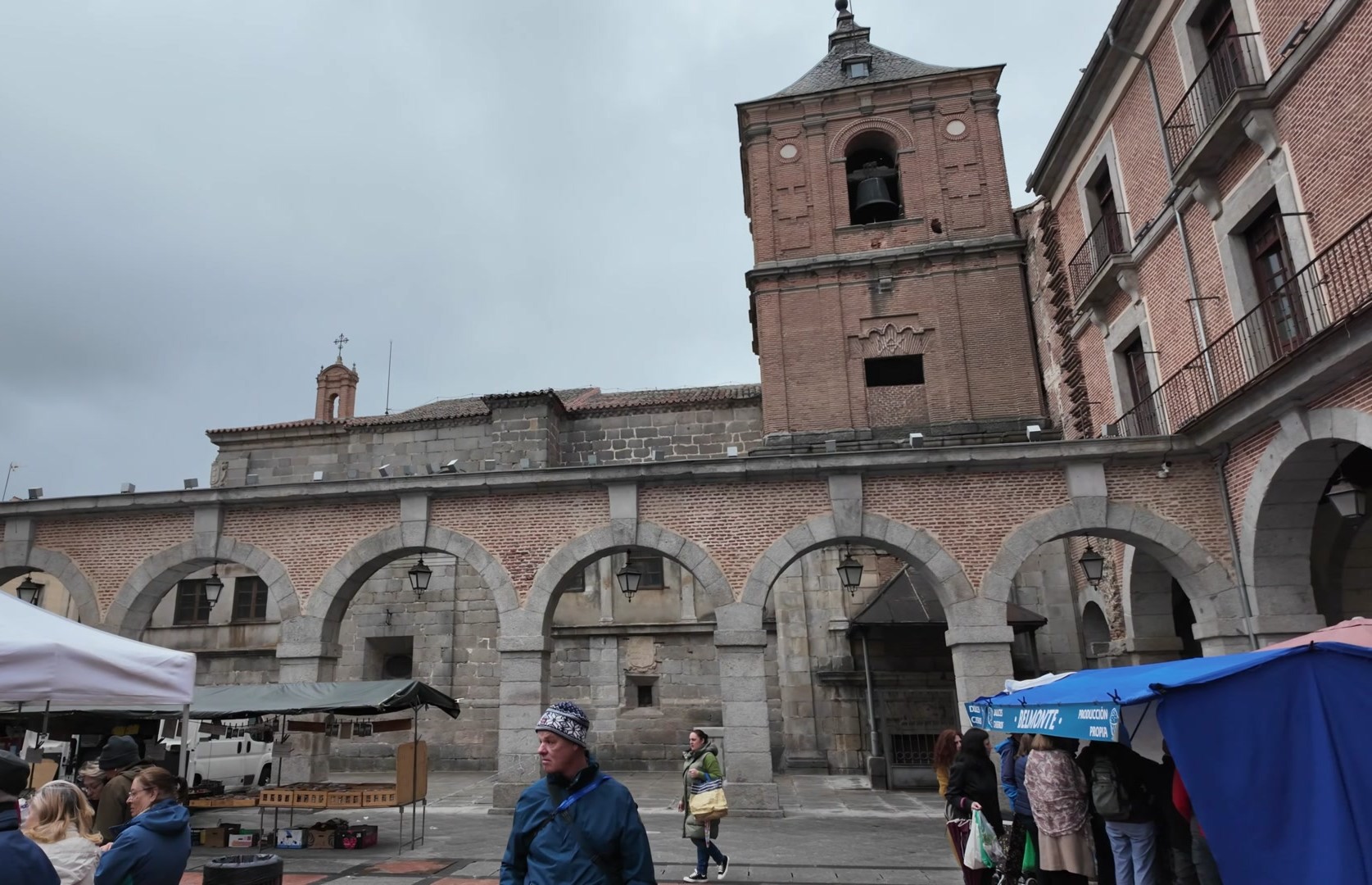
We also visited the main cathedral of Ávila, the Cathedral of San Salvador. Construction began in the 11th century but, as is often the case in Spain, it took a long time to complete. Large Spanish cathedrals typically require centuries to finish.




Due to its nearly 200 years of construction, the cathedral’s architecture is predominantly Romanesque, though Gothic elements were added later. These Gothic details become more evident inside, especially during the decoration phase of construction. One particularly striking feature is the stone used in the interior. Its speckled appearance gives the arches and walls a unique and colorful look, setting it apart from other Spanish cathedrals I’ve seen.


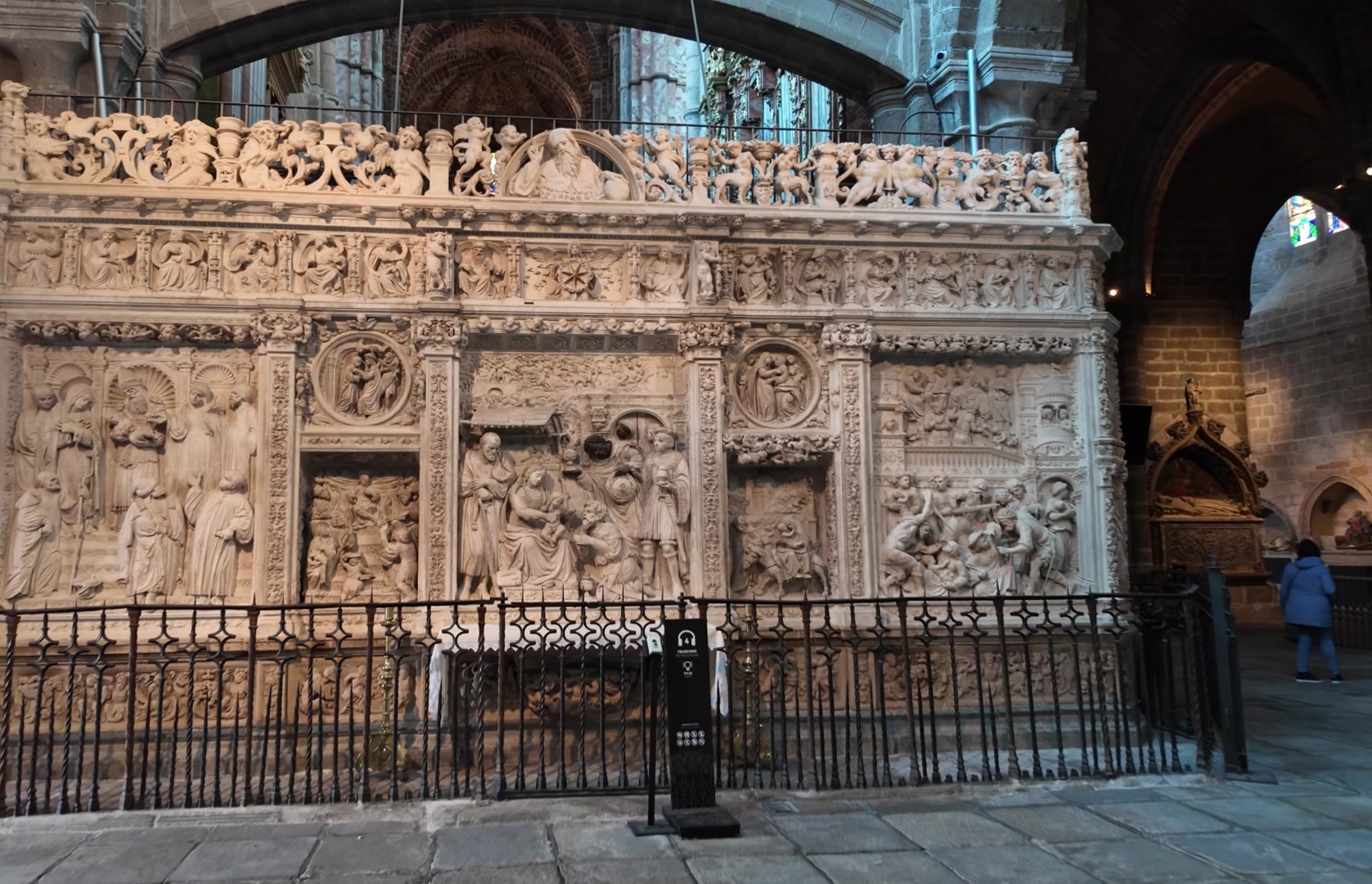
Another highlight of the cathedral is the wooden carvings in the choir area. These carvings, done in the Spanish Plateresque style, depict religious themes. Among the details, one figure stands out. A depiction of a Black individual. Such representations are rare in historical religious structures, making this detail both surprising and intriguing.




Inside we also came across numerous chapels and various altars. The main altar is exceptionally ornate and likely one of the most magnificent I’ve seen in Spain. Even beyond the side chapels, the service areas within the cathedral are lavishly decorated. For instance, the ceiling decorations feature gold leaf, an element rarely seen in such structures.




The treasury room showcases religious artifacts, treasures and paintings, including works by El Greco. However, the cloister (loir) was a bit disappointing. It’s covered with glass, which detracts from its natural aesthetic. Of course this glass may serve as protection against vandalism, but it doesn’t enhance the overall view. Still, there’s a fun detail for tourists, the glass panels in the cloister act as selfie mirrors.






Ávila mainly attracts an older demographic, likely because it’s a lesser-known destination and often considered after more popular places have been visited. However, this doesn’t mean Ávila is any less fascinating. Beyond its religious buildings, the city also boasts palaces belonging to nobles or wealthy merchants. Some of these palaces are now government offices, while others have been converted into hotels. For example, I stayed at the Valdebanos Palace, which was quite elegant. The common areas have been beautifully renovated, though the rooms feel slightly dated. Still, it’s perfectly suitable for a one-night stay.




One unique feature of Ávila is that the cathedral is integrated into the city walls. You can walk along the walls, covering about a kilometer, with access points at various locations. The views from the walls are breathtaking.




Ávila is the highest-altitude provincial capital in Spain and one of its highest cities overall. This elevation combined with the region's clean air and stunning vistas, makes it special. For example, Ávila is even higher than Ronda in Andalusia. Interestingly both Ávila and Ronda have featured in works by renowned director Orson Welles. His love for Spain is legendary and he reportedly had a deep admiration for Ávila. It’s easy to see why. This small city offers impressive scenery. While the weather was chilly, this is normal given the high altitude.


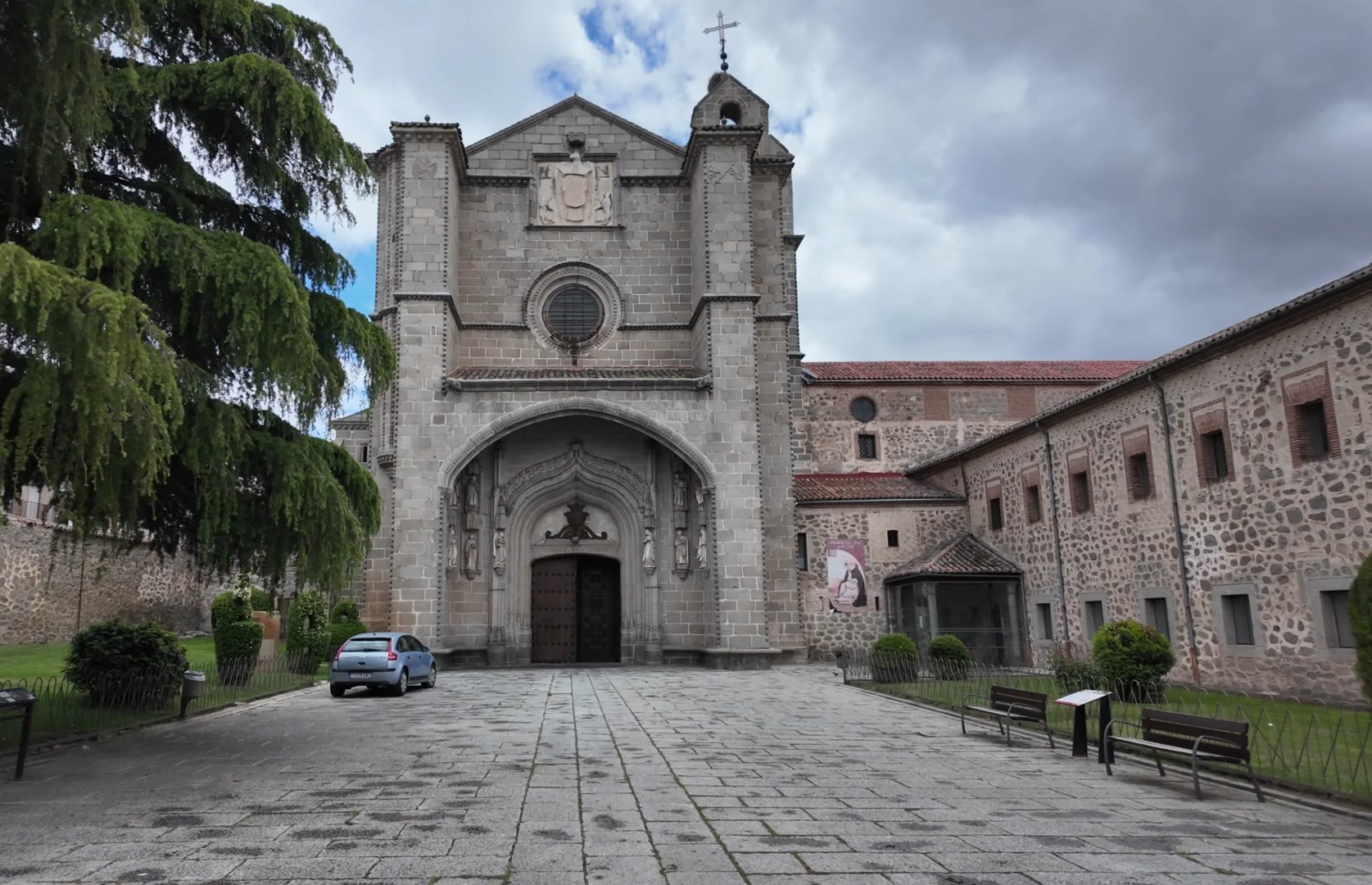
We visited the Royal Monastery of Saint Thomas, founded by the Catholic Monarchs Isabella and Ferdinand. The same rulers who sponsored Columbus’s voyage to the Americas. The monastery is also linked to the infamous Inquisition leader Tomás de Torquemada. He was initially buried here, but due to public pressure, his remains were removed and his ashes scattered nearby.




Another royal figure buried here is Prince John, the only son of Isabella and Ferdinand. Tragically he died of tuberculosis before reaching the age of 20, leaving his parents heartbroken. The monastery itself is impressive, though it closed early for lunch. An occurrence not uncommon in Spain.



The Monastery of the Incarnation, founded in the 15th century, quickly became one of Ávila’s largest monasteries. At the age of 20 Saint Teresa joined this monastery. Later canonized, she experienced her mystical visions here, wrote her books and, with the Pope's permission, embarked on her mission to establish other monasteries. She returned here in 1571 and served as prioress for three years until her death at 67. A remarkably long life for her time.



The monastery is still active but houses a small museum that provides insight into Saint Teresa’s life and monastic living during her era. On the ground floor, there are special rooms where nuns met with their families. Upstairs, there’s an archive room requiring three keys. Two held by the nuns and one by the prioress.



The museum also displays the throne used by Pope John Paul II during his visit and handmade musical instruments crafted by the nuns to entertain themselves and combat melancholy. On the top floor, various historical artifacts are displayed, including a small piece of wood that Saint Teresa used as a pillow, reflecting her simple lifestyle.

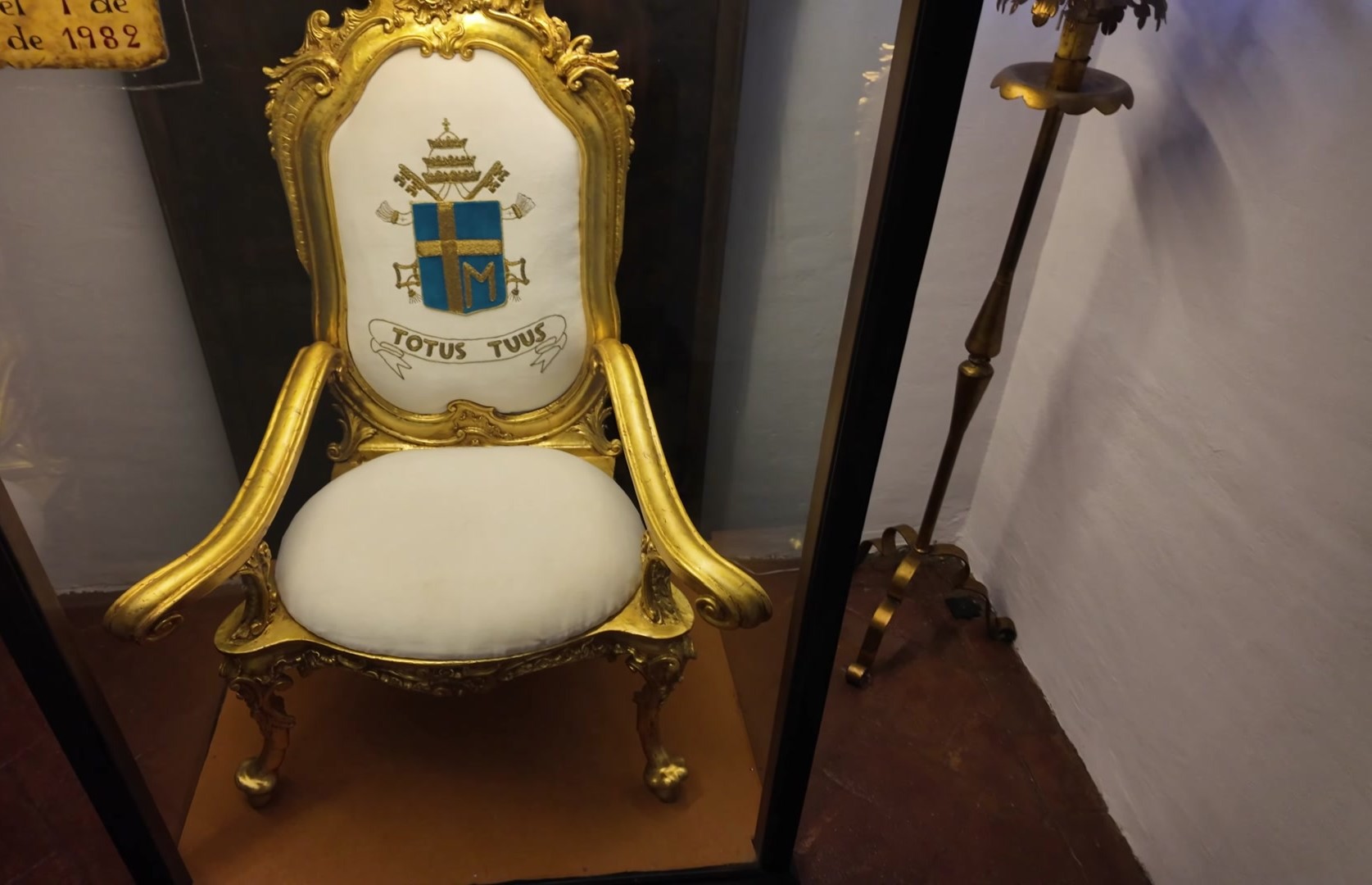
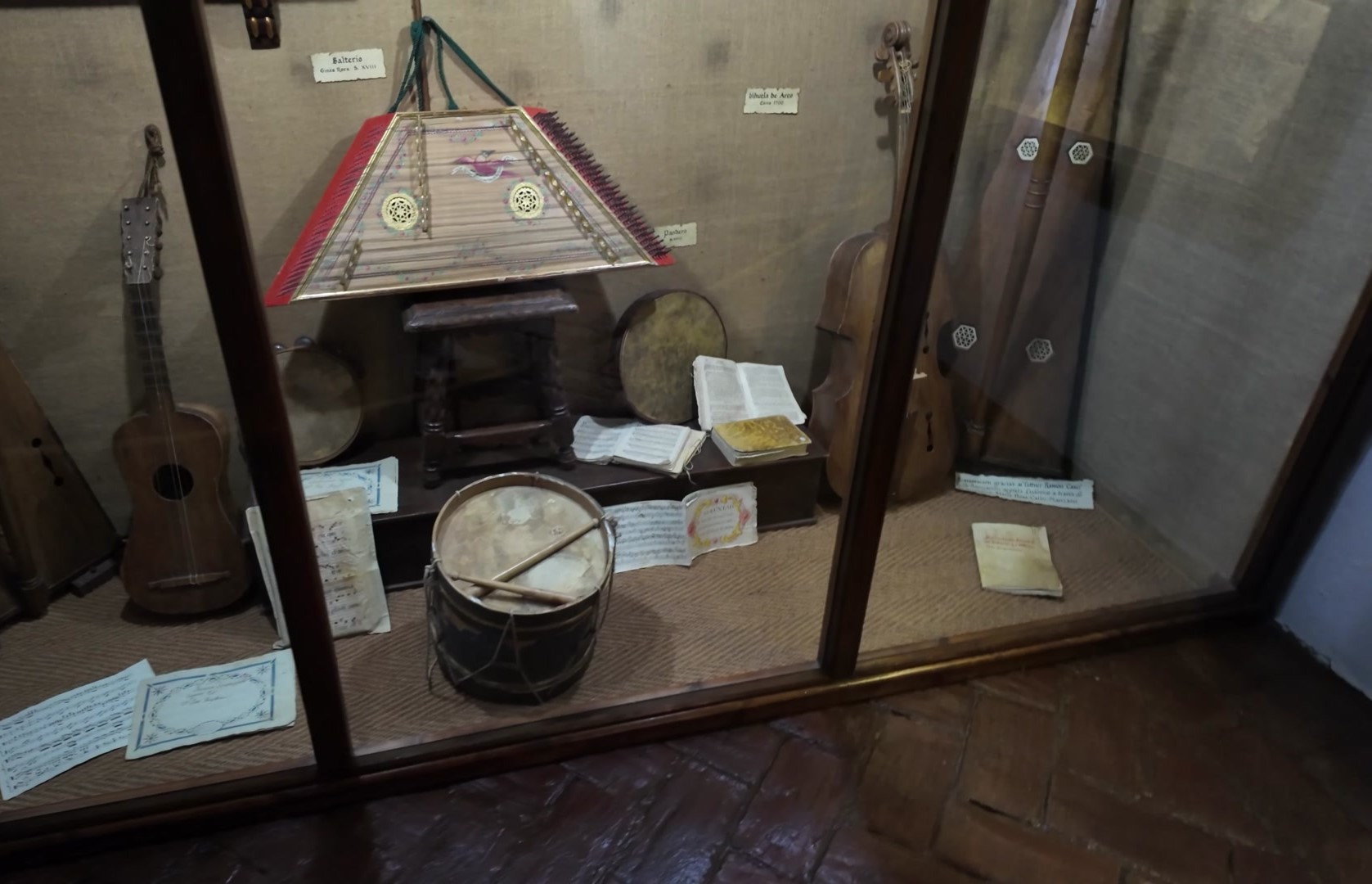
To fully appreciate Ávila’s historic charm, it’s worth heading to a viewpoint outside the city center. From there, you can enjoy spectacular views of the city walls and monasteries. Hopefully, you’ll have sunny weather to make the most of it.

I thoroughly enjoyed Ávila and hope you’ve liked hearing about my journey.